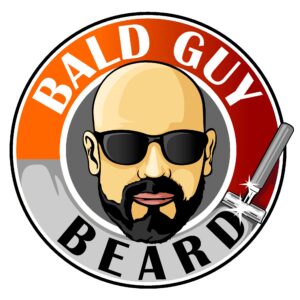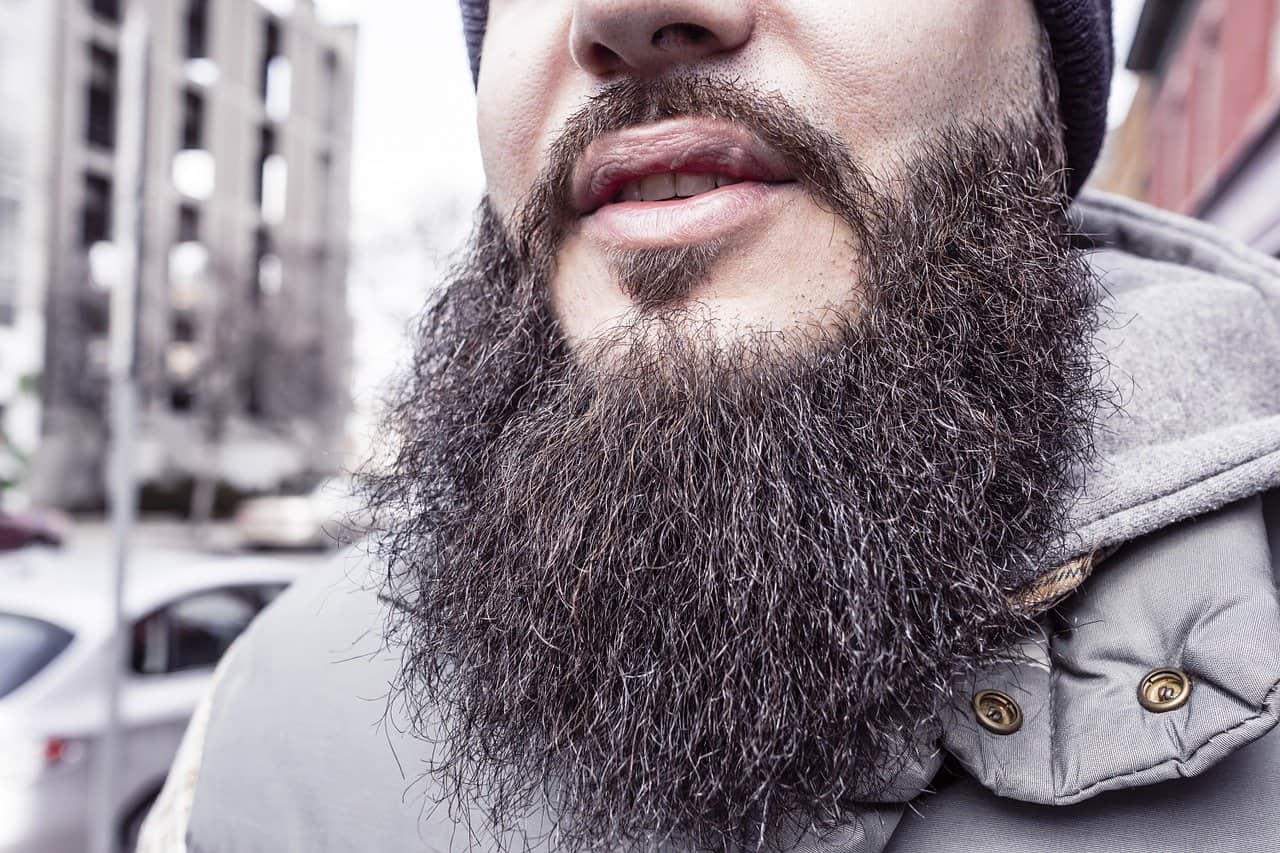Doesn’t it seem that when you shave or otherwise cut your hair, you find yourself having to shave or cut it again as it grew back quicker than you thought it would? That’s how shaving works. It’s short term hair removal.
But if you’ve ever asked yourself why does my hair grow so fast after shaving, you’re not alone. There is a popular myth that states that hair grows back thicker, thinner, lighter or darker (depending on who you ask and who you believe) when you cut it.
None of it is true. It’s another myth about hair growth that simply isn’t true. The following is the reality:
Hair growth is determined by your genes and genetics, not by your choice of shaving method or how frequently you shave..
But Hair Grows Back Thicker After Shaving, Right?
No.
As mentioned above, scalp hair growth is caused by genetics not your shaving choice. When you shave, your razor cuts your hair on an angle which can give you the impression that the hair is thicker upon regrowing.
And when you run your hands over your shaved scalp or face hours after shaving, the bristly feeling of the short, recently shaved hairs make you believe the hairs have grown back thicker or coarser, which they haven’t.
Certainly, your hair does grow back after shaving or cutting it. It just doesn’t grow back quicker because you shaved or cut it. Nor does it grow back slower, thicker or thinner, darker or lighter in color. Your hair texture doesn’t change either.
Nothing with your hair changes after shaving it.
Why Does Facial Hair Grow Faster After Shaving?
It doesn’t.
How many times have you shaved your face and perhaps your head, gotten a smooth shave, and by end of day, you have stubble already growing back? Surely hair isn’t supposed to grow back that quickly, right?
Again, hair growth – including facial hair growth – is determined by genetics and in the case of facial hair additionally by hormones. That’s a key difference between facial hair and scalp hair. It’s why men have (some) hair at birth or shortly thereafter but don’t get facial hair typically until they hit puberty in their early teens:
Hormones.
And the fact is that some guys grow facial hair faster and thicker and darker than others. Some guys have slower facial hair growth, experience patchy growth and have lighter beard whiskers. It’s all genetics and hormones.
So it isn’t unusual for some guys to shave in the morning and have the so-called 5 o’clock shadow by the early evening. And since facial hair growth is easier to notice on a clean-shaven face than on your scalp that has hair, guys often believe their facial hair grows faster if they shave. But that’s simply not true and that’s not how it works as we’ve already discussed.
If you shave your head, you might also believe that your scalp hair grows back quicker when you shave it since you can shave your head clean in the morning and hours later you can already feel the stubble. Again, it’s just the regular hair growth cycle.
Speaking of which…
Hair Grows In Cycles

Hair grows in a repetitive cycle involving 4 distinct phases:
- Anagen Phase (growth phase)
- Catagen Phase (transition phase)
- Telogen Phase (resting phase)
- Exogen Phase (shedding phase)
Previously, 3 phases were believed to exist but more recently the fourth Exogen Phase was added as being distinct from the other three. Once the Exogen Phase has finished, the Anogen Phase begins again and the cycle repeats.
Of course, at any given time you potentially have thousands and thousands of hairs going through the different phases at different times, with hairs falling out everyday and being replaced by new hairs also in various phases of the cycle.
So your hair growth is determined by these growth cycles and not by your choice of shaving method.
Hair Grows Through Hair Follicles Beneath The Skin

Hair grows out of small openings in your skin called follicles. The follicle is kind of like a tunnel that begins below the skin and continues up to the outer skin level as an opening from which a hair may grow from. Hair grows from the bottom of the hair follicle and grows up through the tunnel until it pops through the opening at skin level and becomes visible.
Clogged pores prevent a hair from growing and may lead to an ingrown hair as the hair curls back down in the follicle and essentially gets stuck causing a swollen skin bump.
When you shave, you slice the hair off at skin level at the top of the follicle opening. Even if your electric shaver or razor uses a lift and cut style cutting system which lifts each hair and then cuts it so that the remaining hair falls back slightly below the skin surface, the hair will soon grow out through the hair follicle to the surface of the skin.
Again, this is genetics talking, not your shaving choice. In this case, the regrowth of the hair might be delayed for a day or so because a lift and cut system cuts the hair shorter than a skin-level single razor does. But the hair does grow back at the same rate and the time that it takes to regrow is due to genetics, not the shaving choice.
Conclusion: Why Does My Hair Grow So Fast After Shaving
- It doesn’t. Hair doesn’t grow faster or slower (or darker, lighter, thinner or thicker) from shaving. Hair growth takes place in cycles made up of 4 distinct phases.
- Scalp hair growth is determined by your genetics. Facial hair growth is determined by genetics and hormones.
- While some shavers that use a lift and cut system (electric shavers and multi-blade razors) shave the hair closer than a single blade and the hair will take slightly longer to grow back, the hair grows back at the same rate regardless.
- Although no new approved hair growth product has been released in over 20 years, there is some hope that the next phase of hair loss treatment may not be far away.
- You can learn more about the hair growth cycle including the length of each phase.
Did you used to believe hair grows back faster after shaving? Let us know what other hair and shaving myths you’ve heard and we’ll address them!


